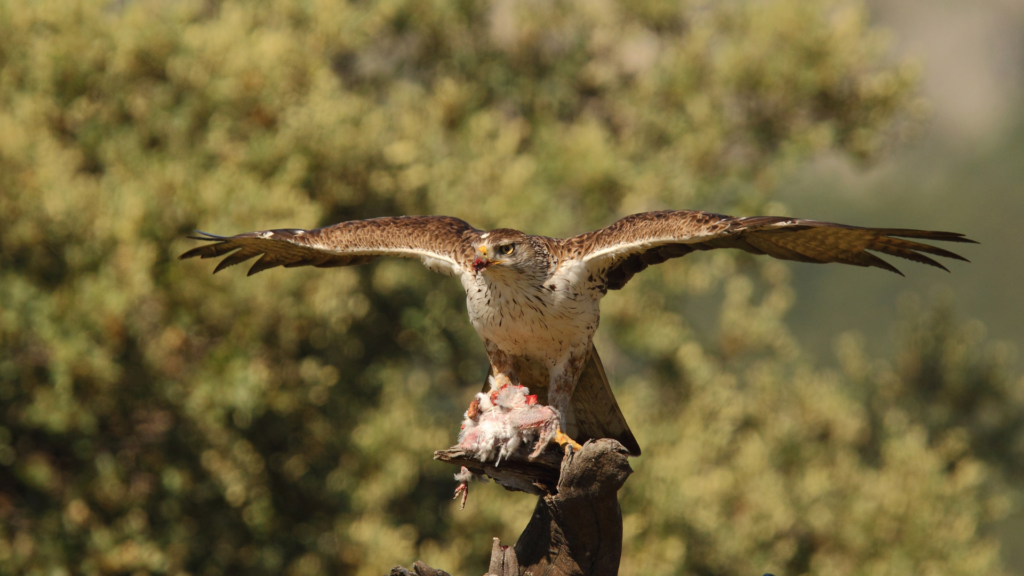ENP The Aligars
A faunal treasure
Aligars-Serra Fulletera is a mountainous area of the Ebre Valley, which joins the right and left banks of the Valley and connects the Ports and the adjacent mountains, to the west, with the Cardó mountains, to the east. The Protected Natural Area of Aligars - Serra Fulletera was incorporated into the PEIN in accordance with Law 12/2006, on environmental measures, which determines that the inclusion of an area in the Natura 2000 network implies its integration into the PEIN. This Area was declared for the first time as a LIC in 1997, a Special Protection Zone for Birds (ZEPA) in 2005 and was subsequently expanded as a Natura 2000 area through the Agreement of the Government 112/2006, of September 5, which approves the Natura 2000 network in Catalonia. In the case of the Aligars-Serra Fulletera ENP, the species present are Atropa baetica (shepherd's tobacco) in terms of vegetation and Austropotamobius pallipes (river crayfish), Cerambyx cerdo (oak reed), Euphydryas aurinia ( variable brocade butterfly), Graellsia isabelae (grey butterfly), Lucanus cervus (flying deer), Lutra lutra (otter), Miniopterus schreibersi (long-toed bat), Mustela lutreola (European mink), Oxygastra curtisii (sparrow 'water) and Rutilus arcasii (little jackdaw), in terms of fauna. It is a steep set of ridges of not too high sedimentary materials, with little humanized and fairly isolated areas, which allows, on a vegetation base of scrub, thickets, and white pine pine forests, to maintain species of Mediterranean fauna of interest such as the barred eagle or partridge eagle and constitutes a feeding and dispersal area for this raptor. The crested eagle (Aquila fasciata) is a medium-large Mediterranean raptor, although males are slightly smaller than females. It has a dark brown back with a characteristic white spot and a lighter color underneath. It is called so because of the dark bar with which its tail ends. It is a predator specialized in the capture of birds and medium-sized mammals. Moderately humanized environments in which there is not a strong presence of the golden eagle are very favorable. It nests in the cliffs and usually lays (usually two eggs) during the month of February or early March. For a few years, it has become the priority species of the Institute for the Conservation of Raptors (ICRA), for being one of the most threatened raptors in Europe and one of the most representative species of the Mediterranean systems typical of our regions . At the end of 2022, 55 couples lived in Tarragona and Terres de l'Ebre. Its population is decreasing, unfortunately, due to accidents with power lines (electrocution and collision) and persecution (shots), with a certain incidence also of drownings in artificial ponds because they cannot get out because of the walls sliding or too vertical (information taken from the website of the Department of Environment and Sustainability of the Generalitat de Catalunya)

Benifallet Tourism Office
Av. Lluís Companys, 6 – Benifallet
SCHEDULE
- LOW SEASON | From Monday to Friday, from 9 am to 2 pm.
- MIDDLE SEASON (Easter until Saint John) | From Monday to Friday, from 9 am to 2 pm. and weekends and holidays, 10 a.m. to 1:30 p.m. and 3:30 p.m. to 6:30 p.m.
- HIGH SEASON (June – September) | From Monday to Sunday, from 10 a.m. to 1:30 p.m. and from 3:30 p.m. to 6:30 p.m.
